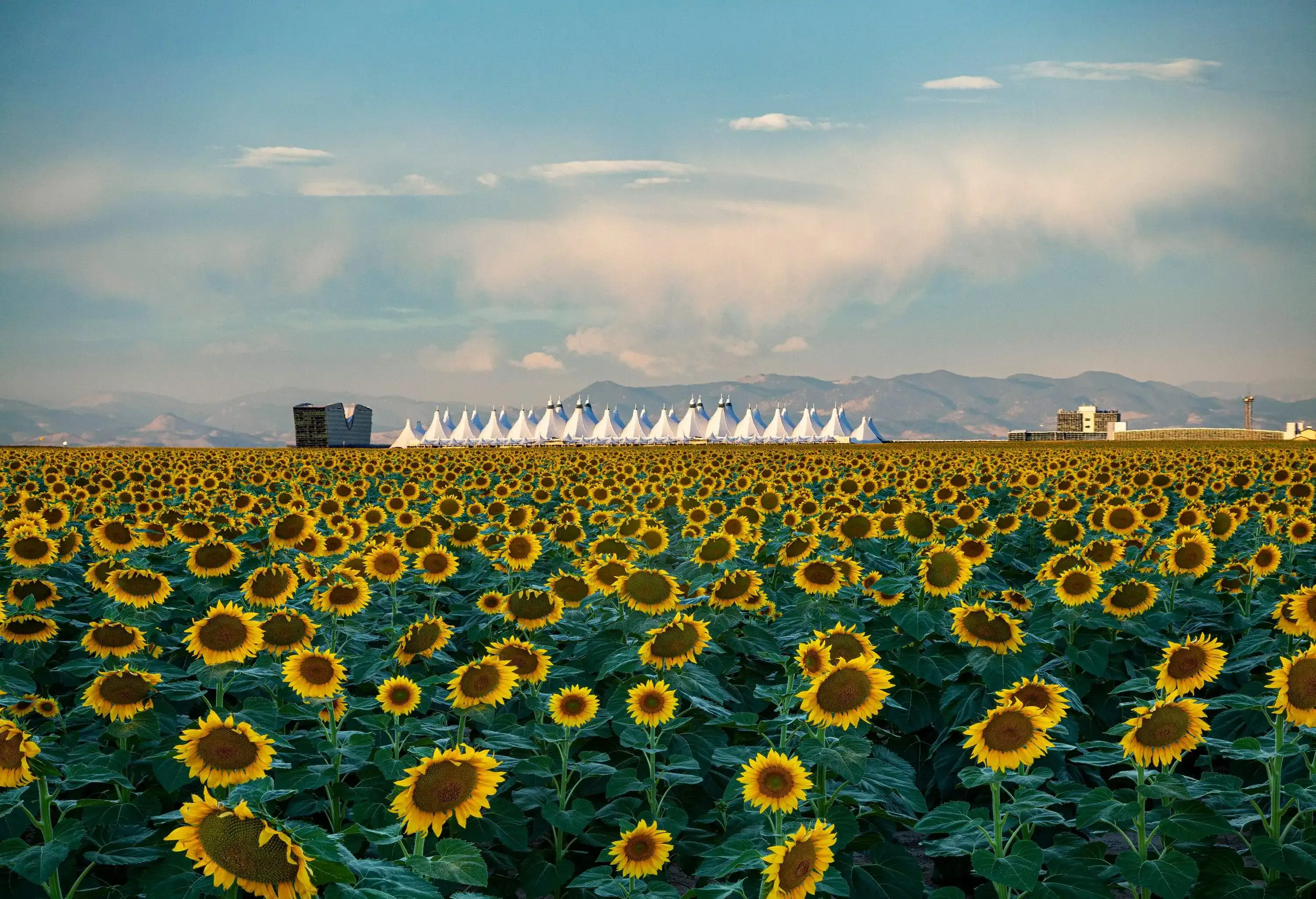One of the oldest holidays in the world, Halloween has become a costume-crazed, candy-filled celebration in the Western world. However, many other countries still hold tight to fascinating rituals and traditions rooted in the long and macabre history of Halloween. In honor of this spooky time of year, we’ve selected a few of our favorite quirky Halloween traditions around the world.
Germany
One of the more eccentric Halloween traditions out there can be found in Germany. Before going to bed, Germans hide their kitchen knives, as it’s believed that visiting spirits may inflict harm upon them (or vice versa).
Portugal
On Halloween night, the Portuguese take trips to different cemeteries and feast on chestnuts and wine. A special sugary cake with herbs and cinnamon is baked for the occasion and eaten throughout the day.
Italy
The Italians make a bean-shaped cake called Fave dei Morti (beans of the dead) to celebrate and honor the dead. The cake has special significance to the Italians, as gentlemen who propose to their future brides on Halloween place the engagement ring in a small box wrapped in a larger pack filled with Fave dei Morti sweets.
Mexico
In Mexico, Halloween is known as El Dia de los Muertos (the Day of the Dead), a three-day celebration intended to honor the deceased. Some Mexicans believe the dead return to their houses on Halloween night, thus many families construct at-home altars and decorate them with candies, flowers, photographs and the deceased’s favorite food and drinks. In the following days, members of the family commemorate their loved ones by visiting their tombs.
Spain
Similar to the Italians, some Spanish families bake a special treat on Halloween called pan de muerto (bread of the dead) to commemorate loved ones. This anise-seed pastry is shaped into round skulls with bone-like strips attached before being covered in an orange glaze.
Korea
Not technically Halloween as we know it, but Chuseok is a Korean festival with many similar characteristics. During Chuseok, families pay respect to their ancestors with offerings of fruit and rice. The event takes place in August and is celebrated with music and dancing.
Austria
Austrians believe some rituals can bring back souls from the dead. On Halloween night, lamps are lit up inside the home, while bread and water are left on the table to welcome and feed the hungry spirits.
Belgium
The black cat, that classically spooky symbol of Halloween, is taken especially seriously in Belgium. Belgians take great care not to let a black cat cross their paths, enter their homes or even travel on a ship on Halloween night.
Hong Kong
Known as Yu Lan (Festival of the Hungry Ghosts), this celebration is essentially Hong Kong’s version of Halloween — a time when it’s presumed that spirits walk the earth for a period of 24 hours. With the intention of comforting the ghosts and not making them angry, some choose to burn pictures of money or fruit in the hope that the images will reach the spirit world.
Romania
Taking inspiration from the story of Dracula, some Romanians choose to spend their Halloween night in the castle Bran, located in the heart of Transylvania where the famous 15th century figure Vlad the Impaler (known in recent history as Count Dracula) lived. Throughout the night, people recreate the witch trials and gory history of the place, which is still believed by many to be haunted by the vampire himself.
Poland
On November 1, All Saints’ Day, Poles visit cemeteries to honor the deceased. Typically they bring candles in glass jars, which impart a pretty but solemn spectacle. November 2, meanwhile, is All Souls’ Day, during which some families leave their doors and windows open so that spirits can enter their houses.
(Main image: iStock/Thinkstock)
Written by insider city guide series Hg2 | A Hedonist’s guide to…
whose guides cover all the best hotels, restaurants, bars, clubs, sights, shops and spas in the city



